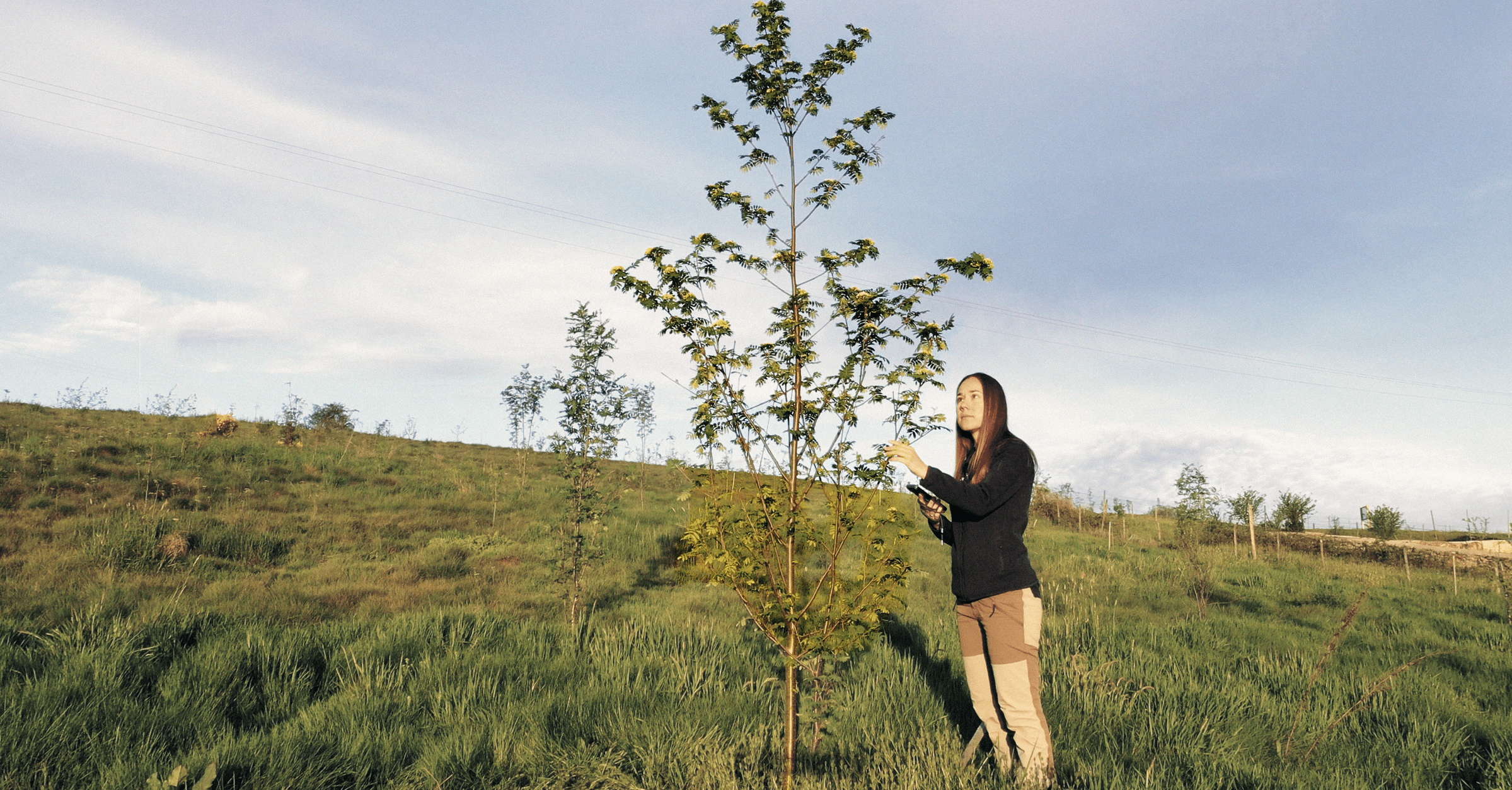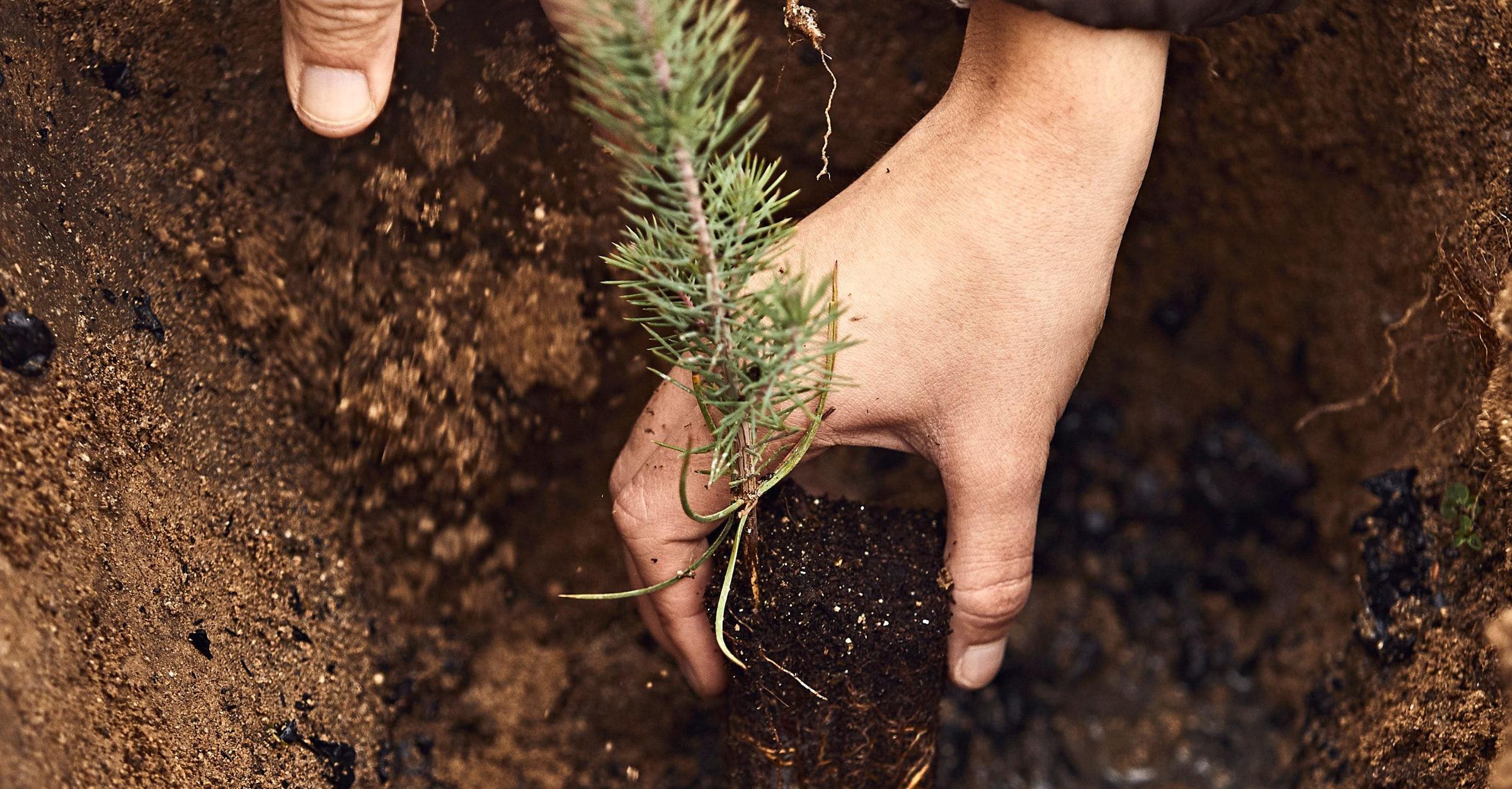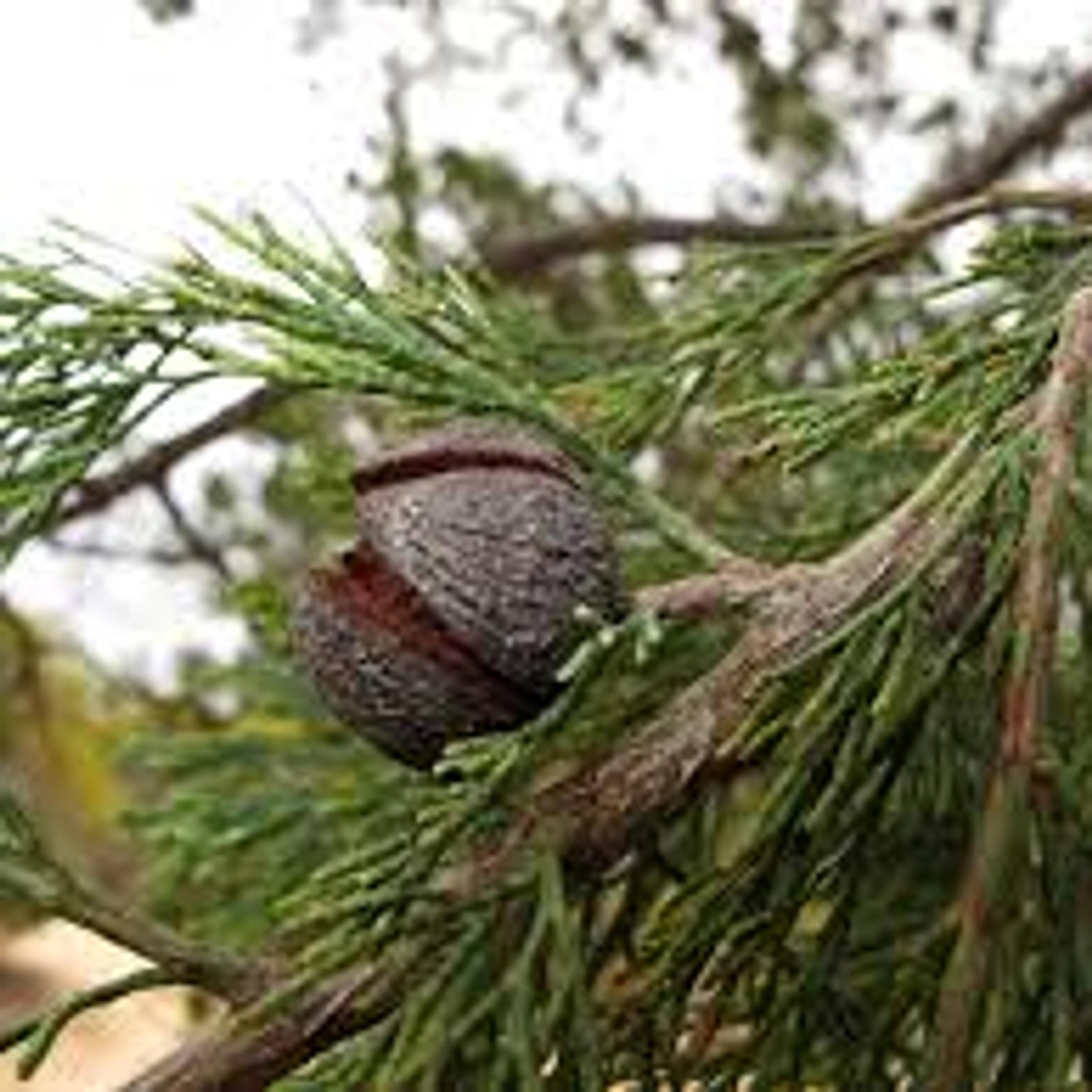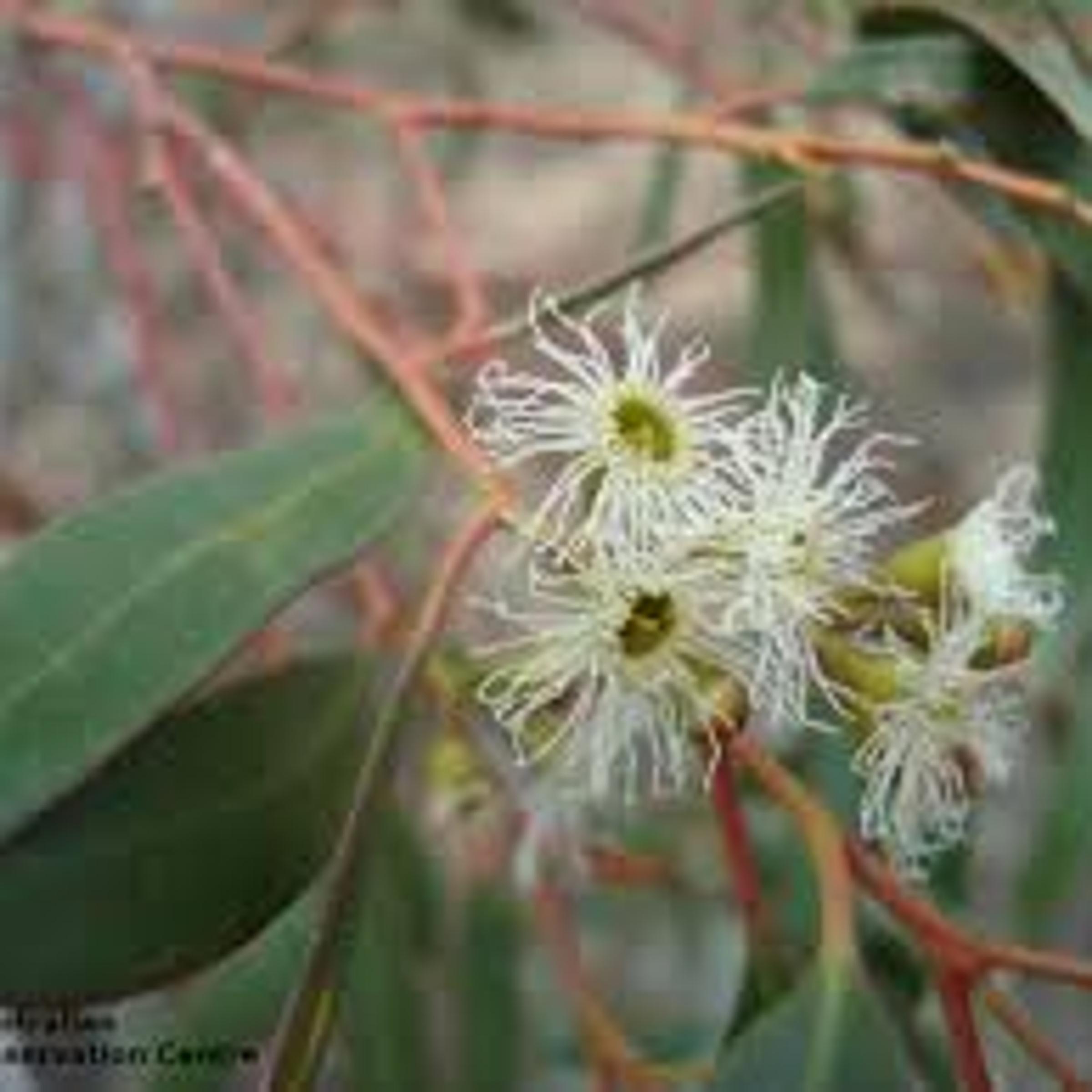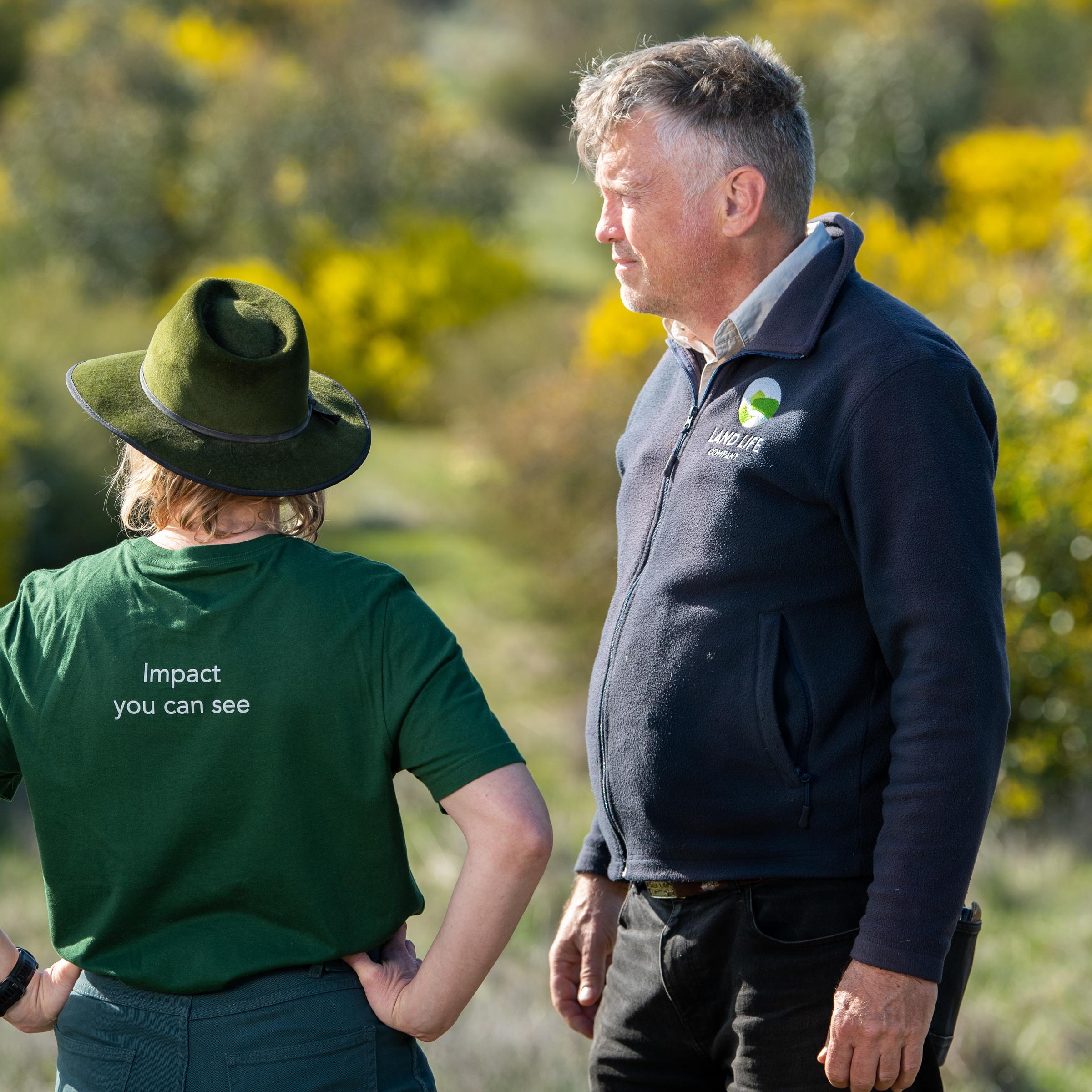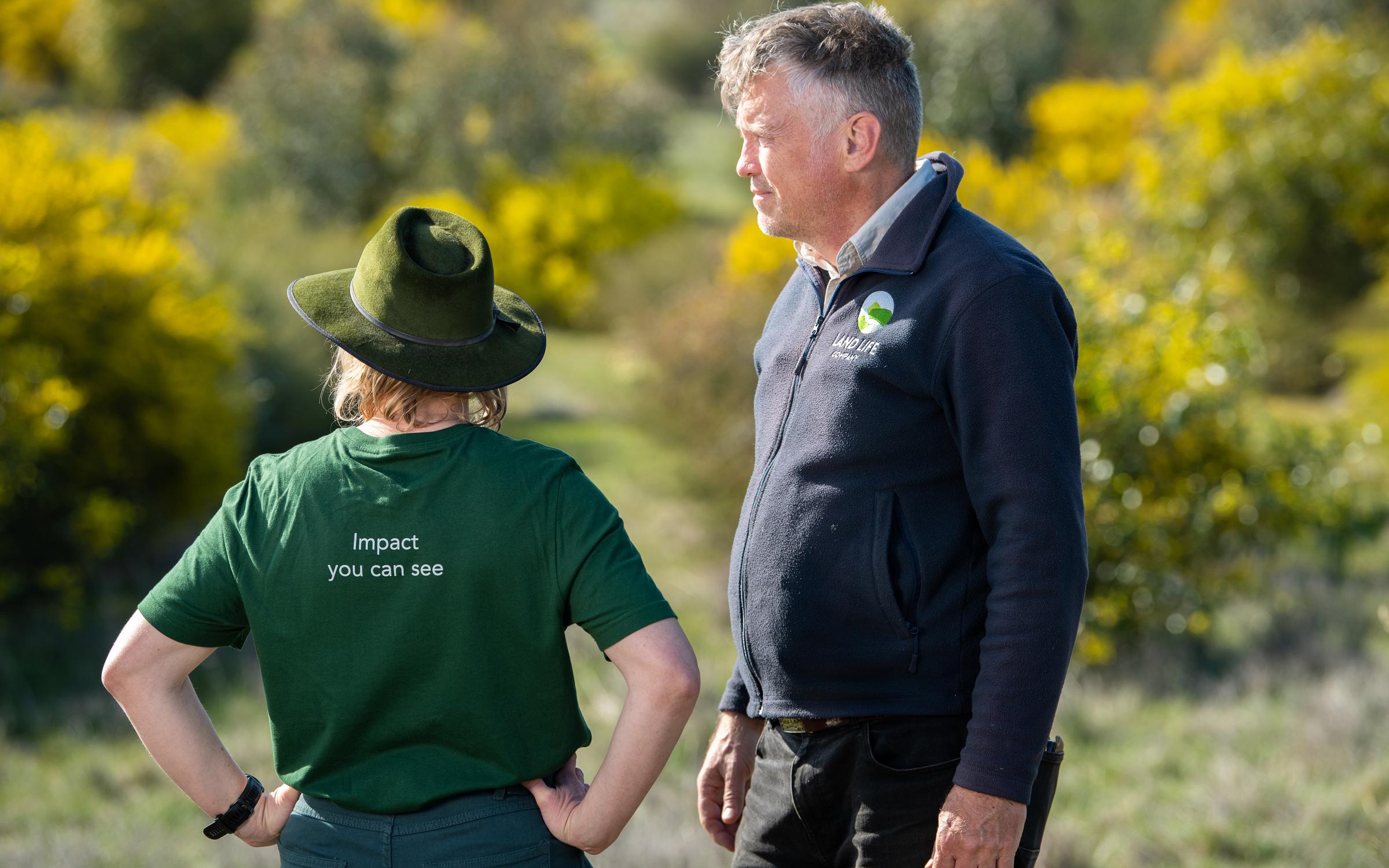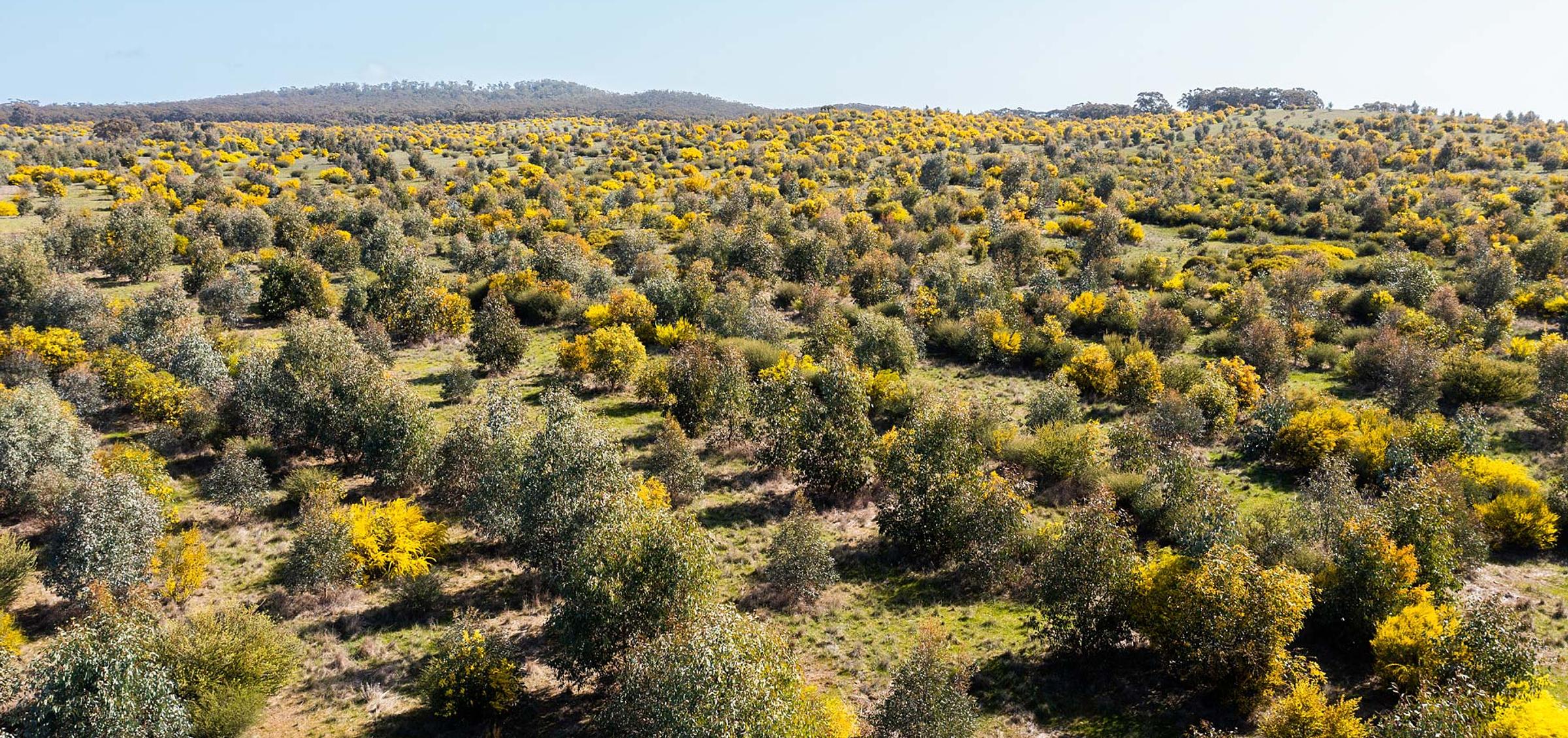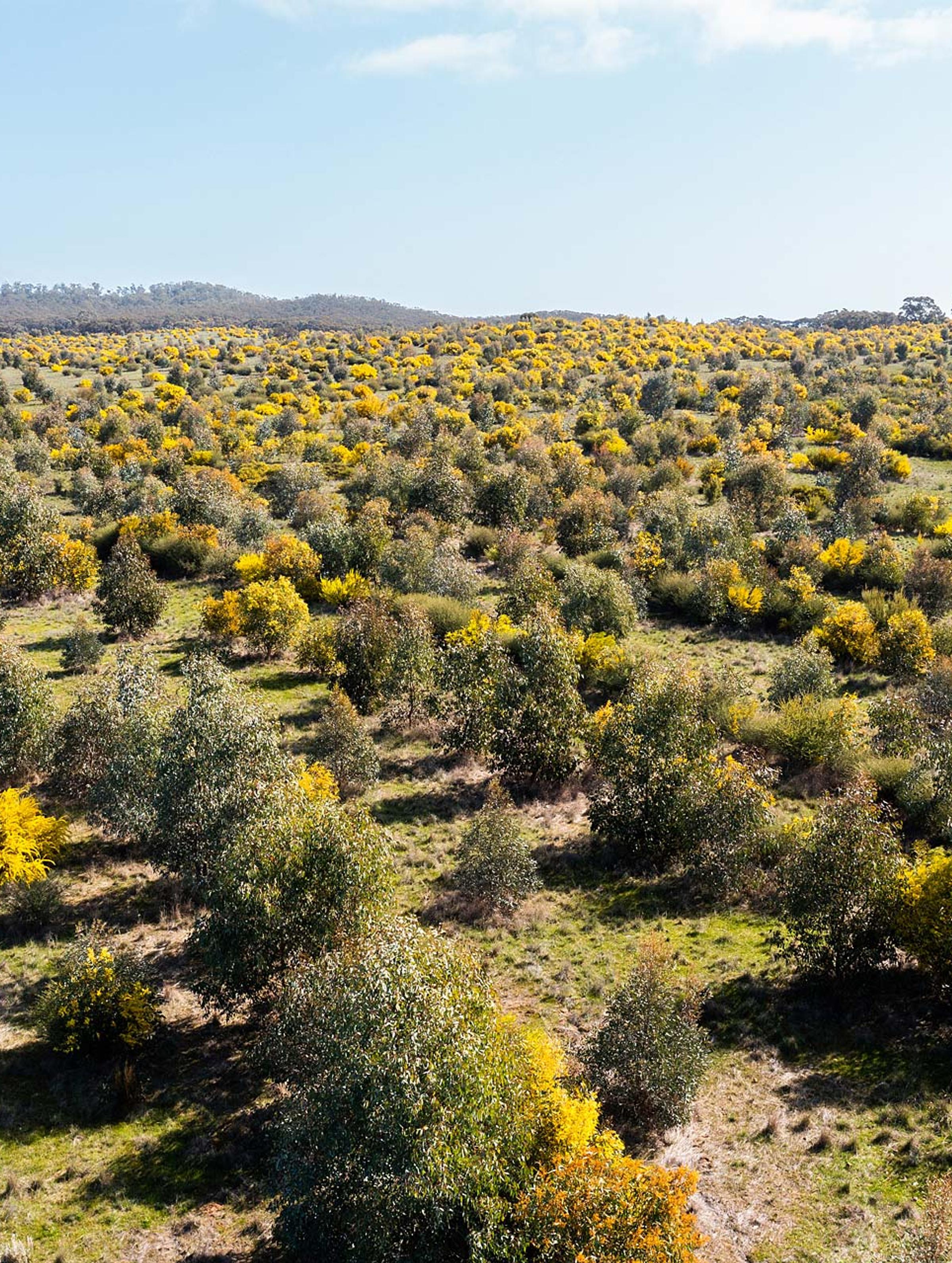Merrinee II Australia Restoration Project
About Merrinee II Nature Restoration Site in Victoria, Australia
Ecological Vegetation Class: Chenopod Mallee, Low Chenopod Shrubland,
Semi-arid Woodland, Woorinen Sands Mallee and Woorinen Mallee
Bioregion: Murray Mallee
It's hard to fathom the true scale of what Land Life is building at Merrinee II, just 35km south west of the Victorian rural center of Mildura. You really need to visit to comprehend the size of this project!
This 2548-hectare property is located approximately 10km from our first 'Merrinee I' site (a 1200ha restoration project) and is 3km north of the Hattah State Forest, which adjoins the Murray-Sunset National Park.
Merrinee II was mechanically cleared in 1920 during Australia's soldier settlements after the First World War. The government-led, large-scale clearing used either steam engines or internal combustion engine tractors pulling large chains behind them.
'Mallee' roots were pulled out and sold to the cities for firewood or burnt in situ. The returned soldiers and their families were each given 600 acres (250ha) and the population density of this area was sufficient to warrant a school, channelized water and a road network.
By 1927, it was evident these parts were not productive enough and the soldiers’ families left and returned to the cities or moved to other areas. Every section of this land had seen cropping or attempts at cropping at this stage.
Eventually, a new family took over the property and since then, it has mainly been grazed with sheep and cattle. Future owners leased the land to cattle graziers that flogged the land. The most recent owner cropped it for wheat and barley.
Acknowledgement of Country


Site Objective
Carbon Sequestration: 155,690 tCO2 / 40 years
Methodology: Registration and validation of this ARR project is under VERRA's Verified Carbon Standard (VCS program)
The main objective of this Merrinee II project is to restore 935 hectares of land by creating a biodiverse Mallee woodland community.
Before European settlement, these large Mallee tracts had a unique flora assemblage made up of low, multi-stemmed Mallee trees.
One type is a subgroup of Eucalypts that have adapted to heat and drought by growing largely underground. The other is a dense and incredibly varied mix of understory shrubs interspersed by clumps of Spinifex Grass.
This grass is incredibly important, as its fierce prickles keep predators away from the small ground-dwelling mammals that live in this Mallee bush, such as Pygmy Possums, Planigales, Dunnarts and Hopping Mice.
As our restoration project matures, we anticipate an increase in canopy cover, which will provide shade, lower ground temperatures, and create favorable conditions for various species. Soil health will also improve, with more active soil life enhancing nutrient cycling and supporting healthier plant growth.
One of the other key objectives of the restoration is the creation of a biolink to the nearby Hattah State Forest, adjacent to the Murray Sunset National Park, enabling wildlife to move more freely across the landscape. ,
The project also aims to provide additional, biodiverse, and lasting carbon storage in the newly planted woodland trees and shrubs, as well as in the soil.
Find out more about Land Life's carbon removal reforestation solution.
Interested in this restoration project? Book a call with our team to find out more.
Select a timeOpens in a new tab.

About the restoration
The feral pest and weed control, restoration works and site maintenance of Merrinee II will be overseen by two of the best site managers in Victoria, Peter and Colleen, who bring extensive experience and passion to the project.
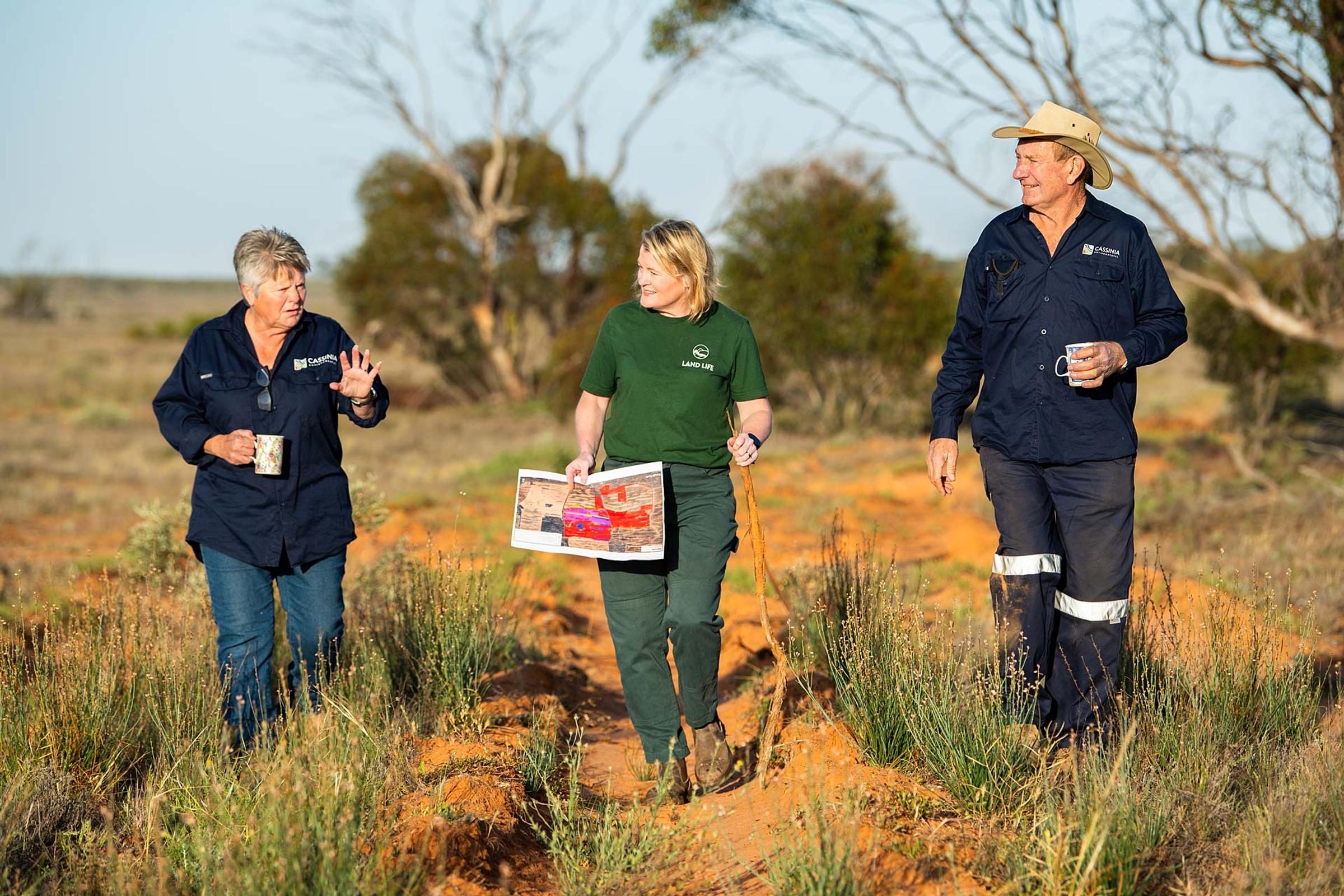
The Merrinee restoration project will be split across the 2026 and 2027 Planting Seasons.
Using a combined method of direct seeding and direct planting, the project will see 46,750 seedlings go into the ground, along with 700kg of native seed.
The Millewa-Mallee First Peoples, the Traditional Owners of this land, will also be employed on the project to collect native seeds and grow seedlings.
This project is funded by the Victorian Government’s $77 million BushBank Program and Land Life. The BushBank program is restoring more than 20,000 hectares of land across Victoria to create healthy wildlife habitat and capture carbon. Land Life's restoration partner Cassinia Environmental is the lead delivery partner for BushBank.
Project Highlights
Biodiversity gains
The local area is known to provide important habitat for threatened species such as Wait-a-while Acacia colletoides (FFG listed, endangered), Umbrella Wattle Acacia oswaldii (FFG listed, critically endangered), Southern Whiteface Aphelocephala leucopsis (EPBC listed vulnerable), Hooded Robin Melanodryas cucullata (EPBC listed, endangered, FFG listed, vulnerable) and the EPBC listed Mallee Bird Community of the Murray Darling Depression Bioregion ecological community (endangered).
The Plains mallee box woodlands of the Murray Darling Depression, Riverina and Naracoorte Coastal Plain Bioregions ecological community (EPBC listed, critically endangered) is also known to occur in the area and may have been historically present on the property prior to clearing.
Land Life will be restoring the site with approximately 49 species recorded on the site or typically expected to grow there. In the coming years, biodiversity at Merrinee is set to rise with the return of native species and reestablished habitats, attracting a broader range of flora and fauna.
One big win will be to see Pink CockatoosOpens in a new tab. (formerly known as Major Mitchell's Cockatoo) return to the site. These cockatoos have been seen feeding at our nearby Merrinee I site on Scrub Cypress-pine (Callitris verrucosa) and Dillon Bush (Nitraria billardierei).
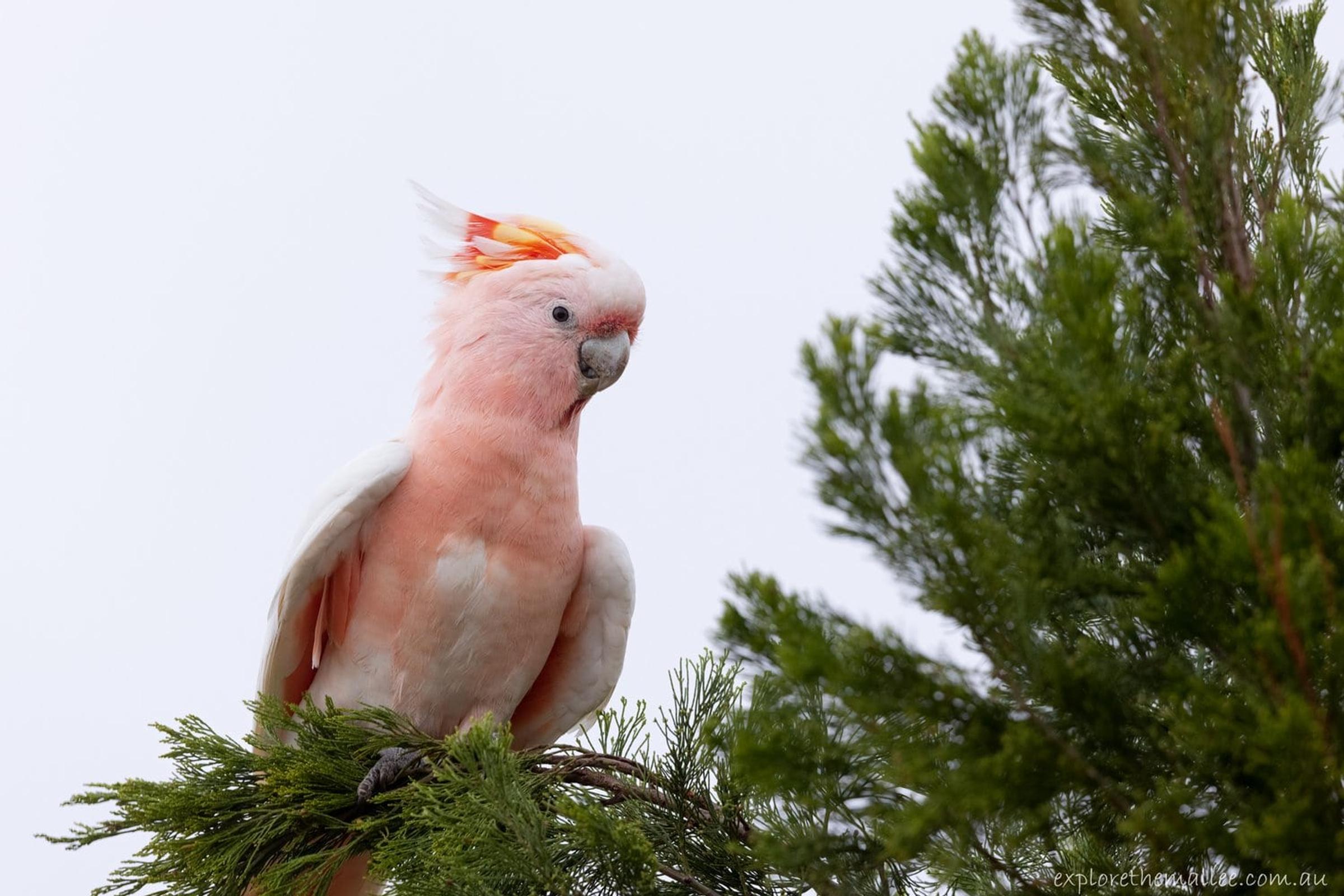
Pink Cockatoos are critically endangered in Victoria and endangered nationally due to a lack of habitat and food. They nest in very old native pines (Callitris gracilis) and it takes over 80 years for hollows to form. Bushfires wiped out many of these old trees and increasing numbers of Galahs now compete for the same nest hollows.
The Future is Nature
Invest in high-integrity nature restoration Remove future residual carbon emissions Meet net zero goals and science-based targets Mitigate climate change and boost biodiversity

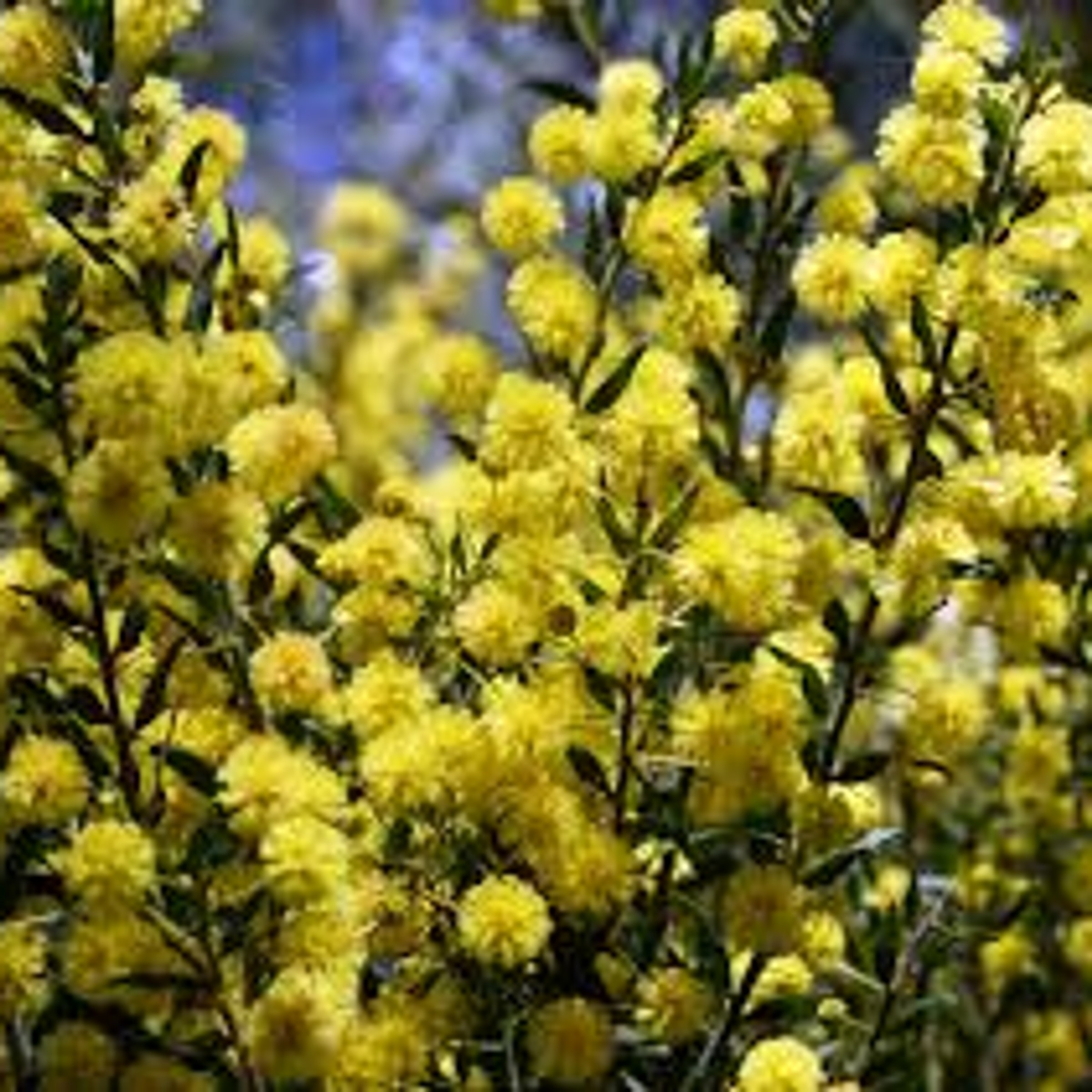

Talk to our experts
Technology-driven restoration at scale


